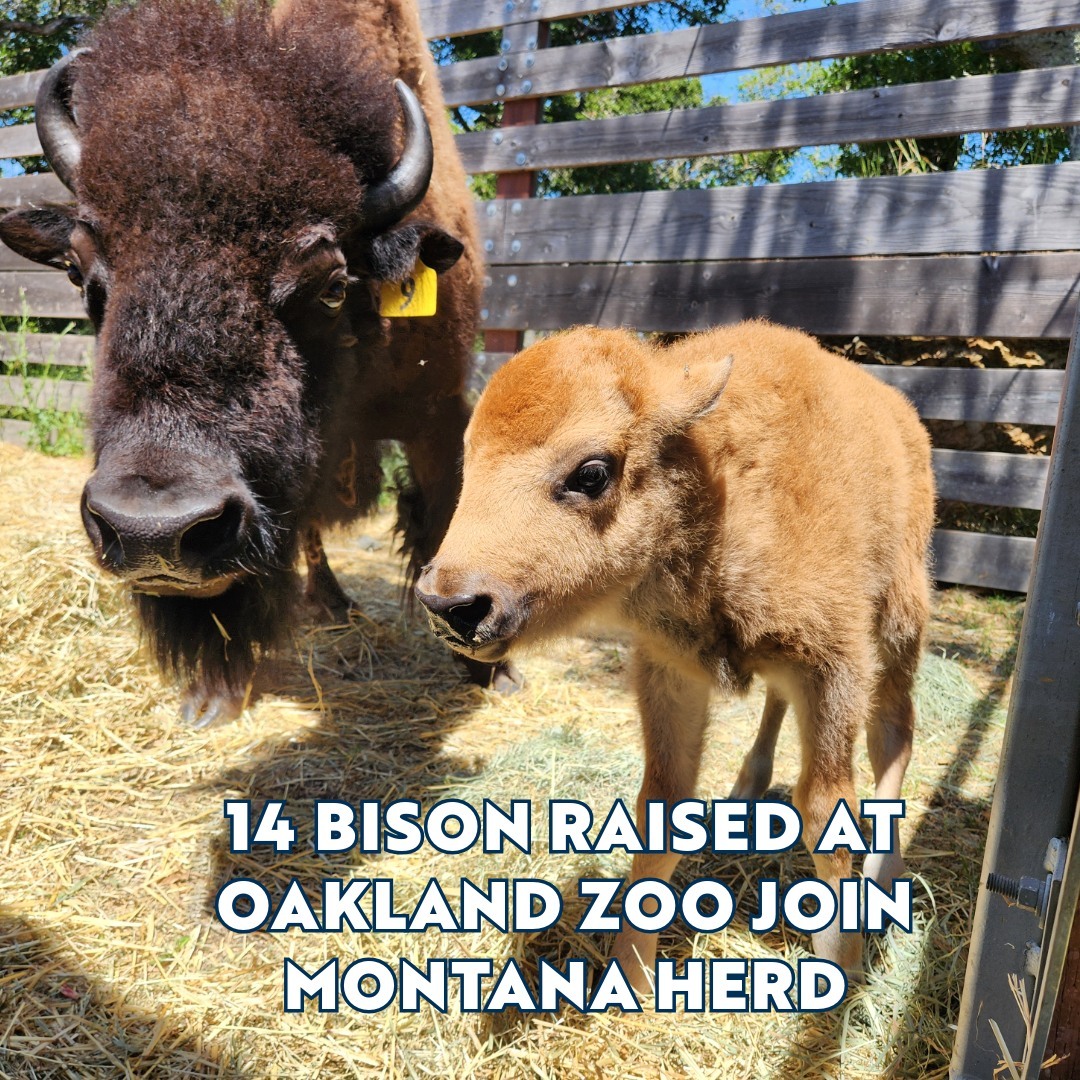- Implementing conservation strategies for endangered species at the Zoo and globally
- Successful wildlife breeding programs and their impact on species survival
- Community engagement and education initiatives for wildlife conservation
- Collaboration with international organizations to protect biodiversity
- Technological advancements in monitoring and conservation efforts
The year 2024 has been a landmark year in the efforts to protect endangered species and preserve biodiversity. Within the domain of zoos and conservation areas, significant strides have been made to address the pressing issues surrounding vulnerable animal populations. The collaborative network formed by zoological experts, conservationists, and global partners has proved pivotal in advancing strategies that ensure the survival of numerous species under threat.
At the core of these efforts is the implementation of targeted conservation strategies at both local zoo levels and on a global scale. These strategies are tailored specifically to meet the needs of distinct ecosystems and the species residing within them. The concept of habitat preservation plays a crucial role, with zoos taking charge of reproducing and maintaining habitats that mirror natural environments as closely as possible. This approach facilitates stress reduction and promotes natural behaviors in captivity, which translates into better mental and physical health for the animals.
Breeding programs have seen tremendous success in 2024. These programs, orchestrated with precision and grounded in scientific research, have prioritized increasing the population numbers of critically endangered species. For instance, the zoo’s coordinated breeding initiatives for species such as the Sumatran tiger and the African penguin have recorded significant increases in birth rates. Genetic diversity, an essential factor in the long-term viability of wildlife populations, is maintained using advanced genetic techniques. By integrating such methodologies, zoos have created a reservoir of biodiversity that enhances the resilience of species.
In parallel, community engagement and educational initiatives have gained momentum. Zoos serve as conduits for knowledge dissemination, igniting public interest and involvement in wildlife conservation. Educational programs are devised to reach audiences spanning all age groups, emphasizing the interconnectedness of species and ecosystems. Outreach efforts tailored to local communities underline the impact of human activities on wildlife, fostering responsible attitudes and behavioral change. By bridging these connections, zoos empower communities to actively participate in conservation efforts, beyond mere spectator roles.
The collaborative efforts with international organizations have further cemented the zoo’s role in global conservation efforts. By pooling together resources, shared expertise, and technological innovations, zoos have enhanced their capacity to address issues spanning beyond their immediate geographical boundaries. Partnerships with entities like the International Union for Conservation of Nature (IUCN) and the World Wildlife Fund (WWF) have led to joint ventures in habitat restoration and anti-poaching initiatives. These alliances have not only amplified conservation impact but also enriched the collective repository of knowledge and experience.
Technological advancements have redefined the approach to wildlife monitoring and conservation. The implementation of cutting-edge technologies such as drones, satellite tracking, and bioacoustic monitoring has revolutionized the ability to observe and document wildlife patterns. At the same time, these tools provide valuable data that aids in understanding species’ behaviors, migration routes, and ecological requirements. Zoos have extended these technologies to field research, boosting efforts to track elusive or migratory animals and ensuring proactive interventions to curb threats like habitat loss or poaching.
As we reflect on what a year 2024 has been in the conservation landscape, it’s evident that the integrated strategies adopted by zoos embody a commitment to securing a future for endangered species. These multifaceted actions are integral to battling the challenges posed by biodiversity loss around the globe. Efforts made in 2024 underscore the indispensable role of zoological institutions in the conservation narrative, serving as beacons of hope and progress in the intricate tapestry of wildlife protection and environmental sustainability. Through innovation, collaboration, and education, zoos are poised to spearhead transformative changes that go beyond the confines of their immediate settings, paving the way for a richer biodiversity on this planet.
*****
Source Description
What a year 2024 has been!
We are proud to be taking action to protect endangered and vulnerable species, both here at the Zoo and around the world. Here are a few highlights…


